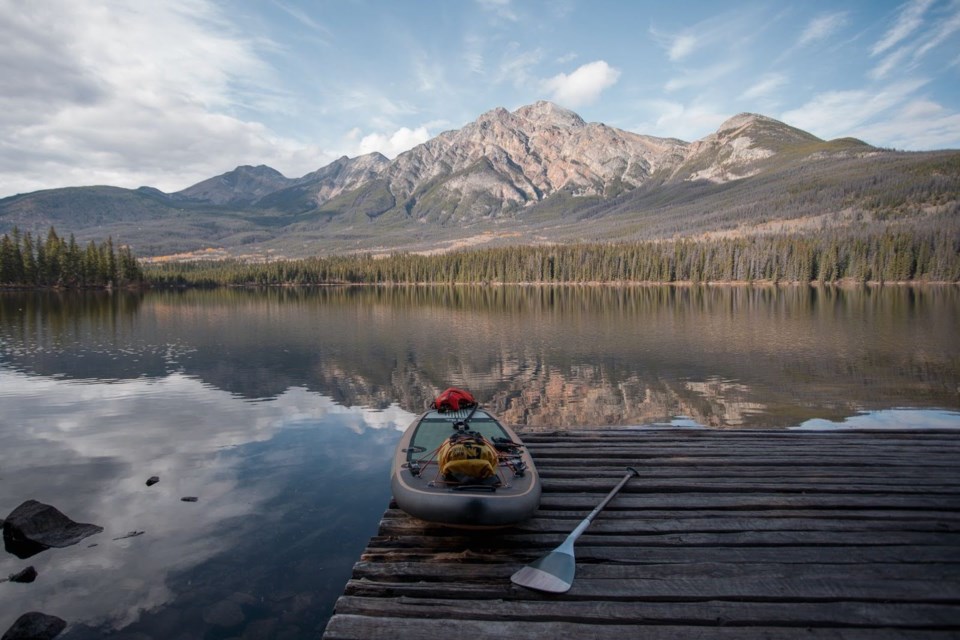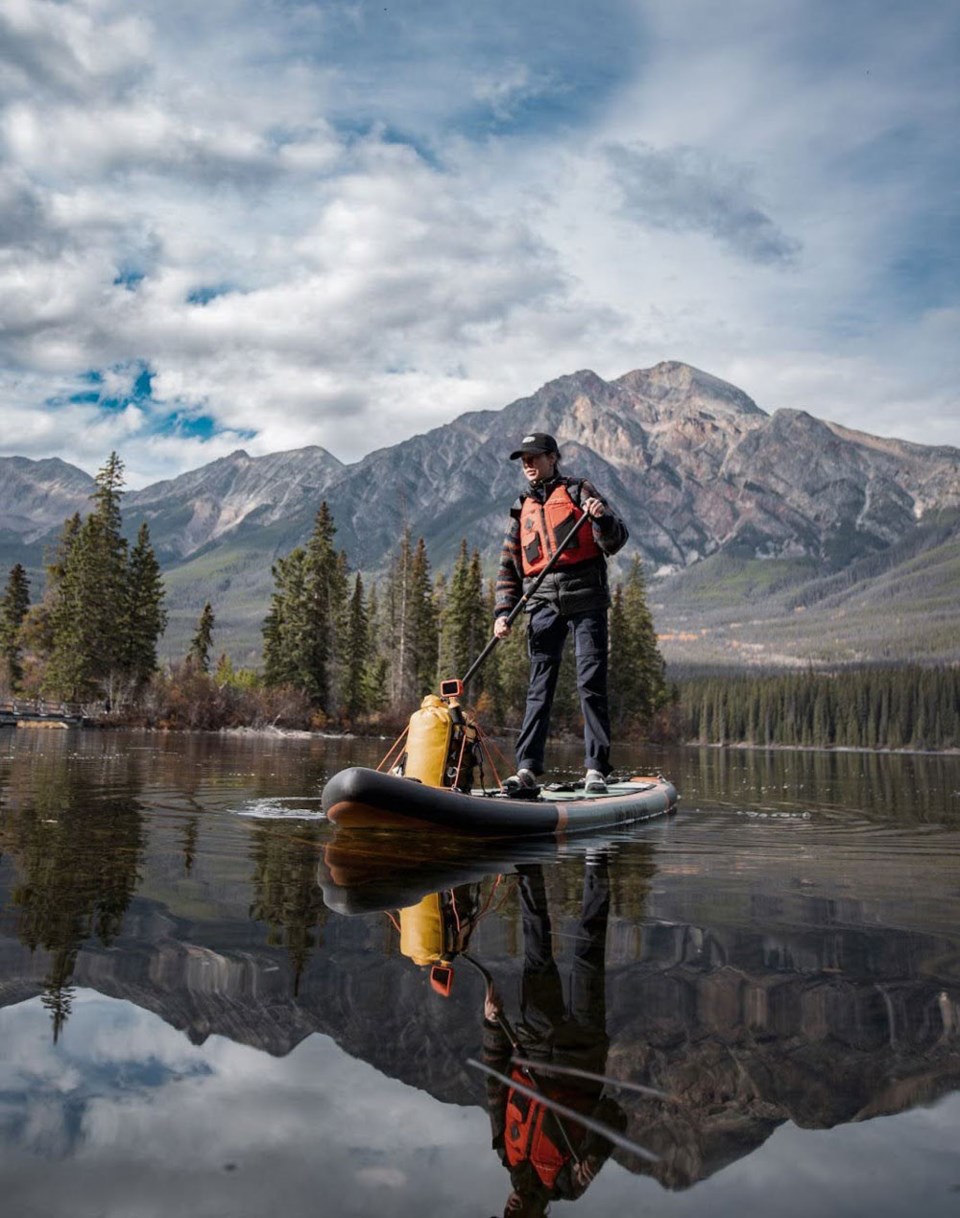Did you know that stand-up paddleboarding (SUP) is one of the fastest-growing outdoor recreational activities in Canada and the U.S.?
In fact, a leading market research company reported in December that SUP popularity has grown by over 500% in the past five years, with the industry now estimated to be worth roughly $2.6 billion worldwide.
Even if you’ve never tried SUP before, you only need to do it once to understand why so many people — of all ages, fitness levels and interests — are eager to grab their board and hit the water.
Those of us in B.C. are especially privileged, with access to several ideal SUP destinations, including Deep Cove, Bowen Island, Okanagan Lake, and even right here in Vancouver at False Creek, Kits Beach and more.
If you’ve decided to make this your summer of SUP, or you’re a seasoned paddleboarder seeking to elevate your experience, make The Wild Tribe your first stop.
Founded and operated in Canada by dedicated adventurers, The Wild Tribe boasts an incredible selection of premium-quality SUPs, manufactured by ethical companies who create the smallest possible carbon footprint.
But with so many SUPs to choose from, how do you know which is best for you? We’re glad you asked!

When it comes to selecting a stand-up paddleboard, it's easy to get lost in a sea of choices. From dimensions to shape and even the material makeup, each aspect plays a crucial role in determining the performance and on-water experience. Understanding these factors can make the difference between a smooth glide and a wobbly adventure.
Let's start with the basics: length, width and shape. These dimensions are not just arbitrary numbers — they significantly impact stability and speed.
Longer boards offer increased speed and stability, making them ideal for long-distance paddling and rough waters. Alternatively, shorter boards excel in maneuverability, perfect for navigating crowded waterways or catching small waves.
Width also plays a vital role. Wider boards provide more stability due to their larger surface area. However, this added stability comes at a cost – increased friction, which can slow you down. Conversely, narrower boards reduce friction, resulting in faster gliding speeds but sacrificing some stability.
Beyond length and width, the shape of the board's nose also influences its behaviour on the water. Touring shapes, characterized by pointy noses, are designed for speed, slicing easily through the water. Contrastingly, all-around shapes with rounded noses prioritize stability, making them ideal for beginners or leisurely paddles.
Arguably one of the most overlooked aspects of SUP design is rocker, which refers to the upward curvature at the ends of the board – specifically the nose and tail. This curvature plays a crucial role in maneuverability and performance. Nose rocker helps the board navigate choppy waters by preventing it from submerging, while tail rocker aids in making tight turns and maneuvers.
When differentiating inflatable and hard boards, both offer pros and cons. Hardboards offer superior glide for a smoother, faster experience. However, they lack the portability and convenience of inflatable boards, which are easily stored and transported, making them ideal for urban adventurers.
The Wild Tribe Boards offer the best of both. Their boards provide the closest experience to a hardboard, with the portability and convenience of an inflatable. The thinner profiles for reduced wind resistance, enhanced stiffness for better energy transfer and high-end construction at affordable prices all serve to elevate your SUP experience.
Whether you're a seasoned paddler chasing speed or a beginner seeking stability, understanding how these characteristics affect performance can help you find the perfect SUP for your next adventure.
To learn more and shop The Wild Tribe gear, visit thewildtribe.ca.



